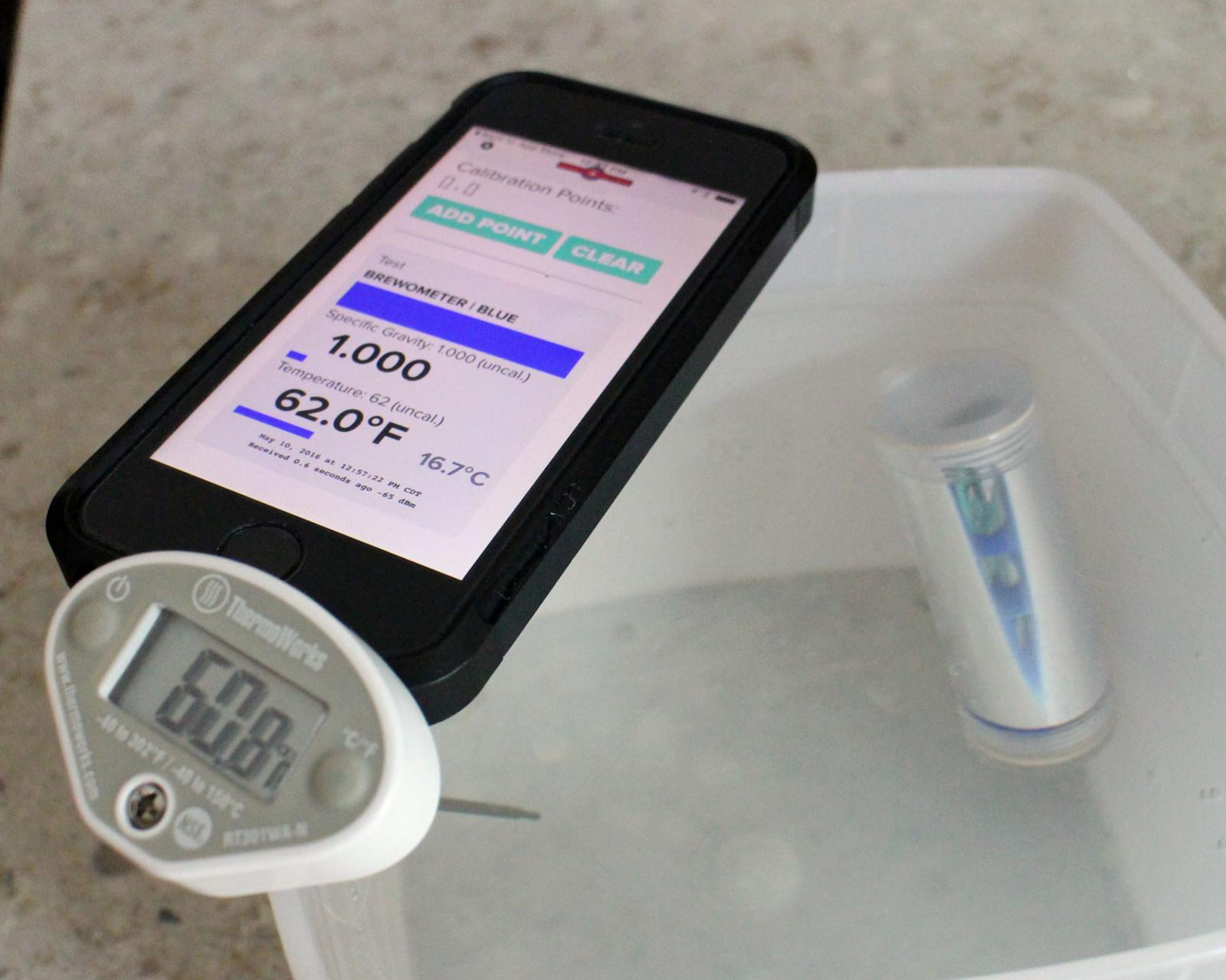drgonzo2k2, what is your alternate temp measurement method (temp controller?), and where is that probe? It looks possible that these are actual temp cycles of your heater/cooler, and they are just larger at the brewometer (near surface) than at the controller probe due to stratification.
As you noted, it appears that temp readings start to fluctuate after fermentation is done, and looking at your data they appear to cycle somewhat regularly. While fermenting, the wort/beer will be moving, and as a result the temperature is fairly constant throughout. However once fermentation stops, there can be large gradients across the fermenter. I see this in my better bottles during cold crashing where I'll get ice on the surface, even when the probe in a deep thermowell reads 35 degrees.
Coincidentally, ice near the surface when cold crashing could also explain odd SG fluctuations with temp, since the brewometer is definitely in that "near surface" regime. (I think you saw this problem, but apologies if I am misremembering, as that was several pages earlier in the thread).
Anyway, just a thought. My brewometer is sitting in RO water waiting for it's maiden beer voyage in my next brew on Sunday. Data looks good so far, though, and I'm looking forward to seeing it in action.
Thanks to all who posted their experiences and spreadsheets here for reference.
edit: if your temp controller probe is in a deep thermowell, you might be able to test/debunk this theory by moving the thermowell and probe closer to the surface. . .
Yeah, ya know, I was starting to come to the conclusion last night. After unplugging the fan the temp swings didn't improve, they actually got worse! I think this is because with the fan the hot air was circulating so it was more effective at warming up the beer. With no circulation the entire chamber had to get much warmer to have the same impact.
This morning I checked and my beer was at 80F, but the Brewometer was reading 93F, and when I opened the chamber up it was definitely very warm near the top. Since heat rises, this makes sense that the top of the chamber would have much warmer air.
My current setup is a thermowell that enters my fermenter from the side, not the top. It is located about halfway down the fermenter, and the probe of my ITC-1000 goes into the thermowell with some thermal paste for good temperature transfer. I've checked the calibration on the unit multiple times, and it is always within 1F of my Thermapen, so I think it is fairly accurate.
Still though, I think this problem is exacerbated by the fact that the Brewometer measures the air temp inside the unit, instead of measuring the actual temp of the liquid, and the part of the board with the temp sensor is located very near the top part that floats above the surface of the liquid.
When I first put this particular Brewometer in this beer, allowed it to acclimate to the temp of the wort for over an hour, and noticed the temp was way off I compared it to the temp reading I took using the long "brewer's probe" for my thermometer, and that reading was within 1F of what the reading from my thermowell was reading. Of course at that point I had not gone through a series of heating/cooling cycles. And of course you are also correct that the beer is moving around quite a bit during fermentation, so these cycles show up post-fermentation as the beer isn't moving much.
And yeah, I think this temp stratification could also be causing those correlated gravity swings with temp swings during the cold crashing stage.
I think my next option is to try switching the fan so it's always running in the chamber so there's always air circulating, which will hopefully lead to less temp stratification.
It will also be really interesting to see how this graph compares to the one I get from my other fermenter and fermentation chamber when I brew on Saturday.


![Craft A Brew - Safale S-04 Dry Yeast - Fermentis - English Ale Dry Yeast - For English and American Ales and Hard Apple Ciders - Ingredients for Home Brewing - Beer Making Supplies - [1 Pack]](https://m.media-amazon.com/images/I/41fVGNh6JfL._SL500_.jpg)























































